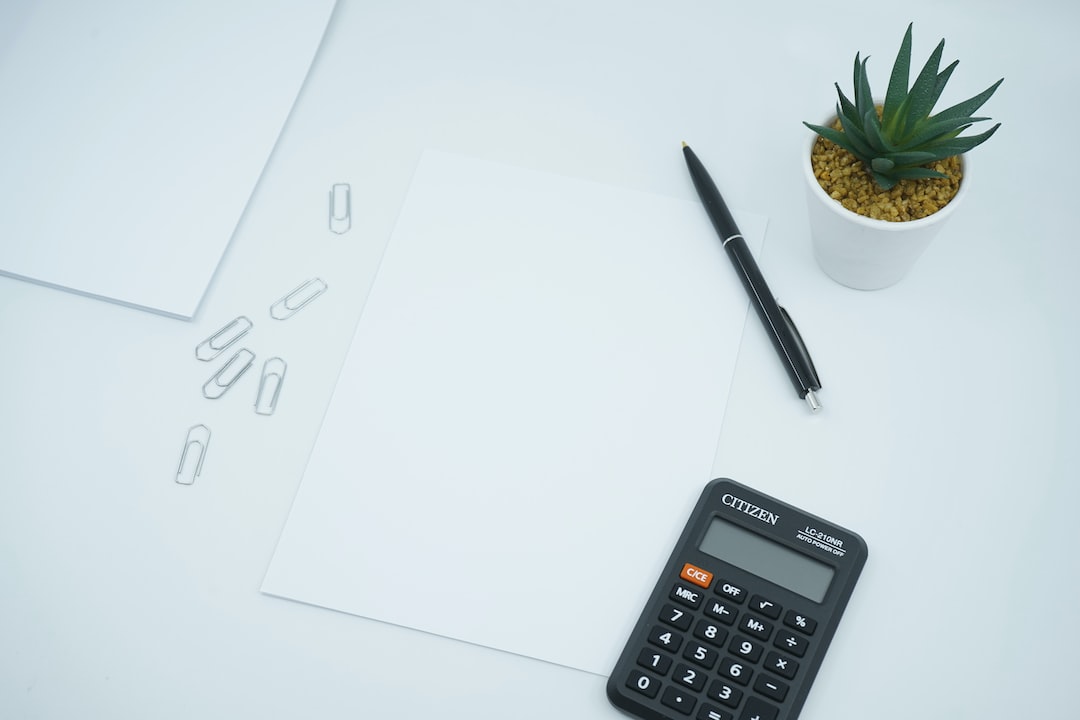Forex trading is a popular way to invest in the financial markets, as it provides ample opportunities for traders to earn profits. One of the key advantages of forex trading is the ability to leverage your positions. Leverage is a powerful tool that allows traders to amplify their trading positions and potentially earn higher profits. However, leverage can also increase losses, and traders need to be aware of the risks involved. In this article, we will explain how much you can leverage in forex and the factors that influence leverage.
What is leverage in forex trading?
Leverage is a borrowing mechanism that allows traders to control a large amount of capital with a smaller investment. In forex trading, leverage is expressed as a ratio, for example, 1:50, 1:100, 1:200, etc. The ratio represents the amount of capital that a trader can control for every dollar of their own investment. For example, if a trader has a leverage ratio of 1:100 and invests $1,000, they can control a position worth $100,000.
Leverage is a double-edged sword in forex trading, as it can magnify profits as well as losses. Traders need to be aware of the risks involved and use leverage judiciously. Leverage is not suitable for all traders and is best used by experienced traders who have a good understanding of the market and its volatility.
How much can you leverage in forex trading?
The amount of leverage that a trader can use in forex trading varies depending on the broker and the country of registration. In the United States, the maximum leverage that a trader can use is 1:50. This is due to regulations imposed by the National Futures Association (NFA) to protect traders from excessive leverage and reduce the risk of market volatility.
In other countries, such as the United Kingdom, Australia, and Europe, the maximum leverage that a trader can use is higher. For example, in the United Kingdom, the maximum leverage that a trader can use is 1:30, while in Australia, it is 1:500. The maximum leverage that a trader can use also depends on the type of account they have with the broker. For example, a trader with a standard account may have a different leverage ratio than a trader with a mini account or a micro account.
Factors that influence leverage in forex trading
The amount of leverage that a trader can use in forex trading depends on several factors, including the following:
1. Country of registration: The maximum leverage that a trader can use depends on the regulations imposed by the country of registration. In the United States, for example, the maximum leverage that a trader can use is 1:50 due to regulations imposed by the NFA.
2. Broker: The maximum leverage that a trader can use depends on the broker’s policy. Some brokers offer higher leverage ratios than others, depending on their risk management policies.
3. Account type: The maximum leverage that a trader can use depends on the type of account they have with the broker. A trader with a standard account may have a different leverage ratio than a trader with a mini account or a micro account.
4. Trading experience: The maximum leverage that a trader can use also depends on their trading experience. Experienced traders with a good track record of profitable trades may be offered higher leverage ratios than novice traders.
Conclusion
Leverage is a powerful tool that can amplify profits in forex trading, but it also increases the risk of losses. Traders need to be aware of the risks involved and use leverage judiciously. The amount of leverage that a trader can use depends on the broker, the country of registration, the type of account, and their trading experience. Traders should choose a broker that offers a leverage ratio that suits their trading style and risk tolerance.





